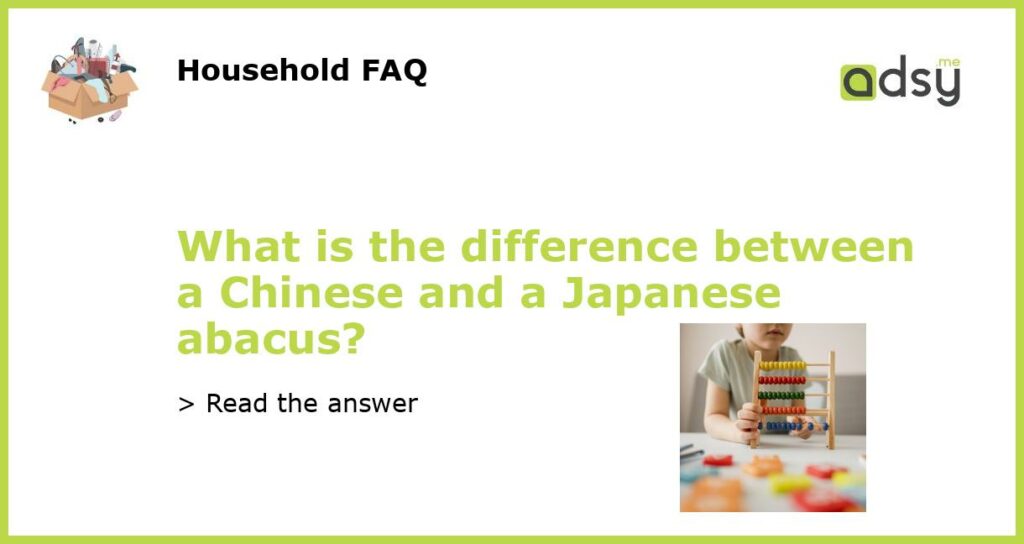What is an Abacus?
An Abacus is an ancient counting tool that has been used for thousands of years. It is made up of rows of beads that slide along a wire or a wooden frame. The abacus has been widely used throughout history by different cultures around the world to perform calculations and solve mathematical problems.
The Chinese Abacus
The Chinese Abacus, also known as a suanpan, is a rectangular frame made of wood. It has two decks, the upper deck has two beads in every row, while the lower deck has five. Each bead in the upper deck represents five units, and each bead in the lower deck represents one unit.
The Chinese Abacus is still widely used in China today, especially in the rural areas. It is also used by merchants, traders, and street vendors to perform quick calculations of prices and goods.
The Japanese Abacus
The Japanese Abacus, also known as a soroban, is similar to the Chinese Abacus, but it has one deck instead of two. The soroban has four beads in the upper deck, and one bead in the lower deck. Each bead in the upper deck represents five units, while the bead in the lower deck represents one unit.
The soroban is widely used in Japan and is taught in schools to children. It is also used by businessmen and merchants to perform quick calculations in stores and markets.
Differences between Chinese and Japanese Abacus
The Chinese and Japanese Abacus have different numbers of beads in their decks. The Chinese Abacus has two beads in the upper deck and five beads in the lower deck, while the Japanese Abacus has four beads in the upper deck and one bead in the lower deck.
The Chinese Abacus is typically larger and heavier than the Japanese Abacus, and it has a rectangular shape. The Japanese Abacus is smaller, lighter, and has a more curved shape.
The Chinese and Japanese Abacus are both ancient counting tools that have stood the test of time. They have been widely used throughout history by different cultures around the world to perform calculations and solve mathematical problems. Although they have some differences, they both serve the same purpose and are still used today in many countries for quick calculations.






